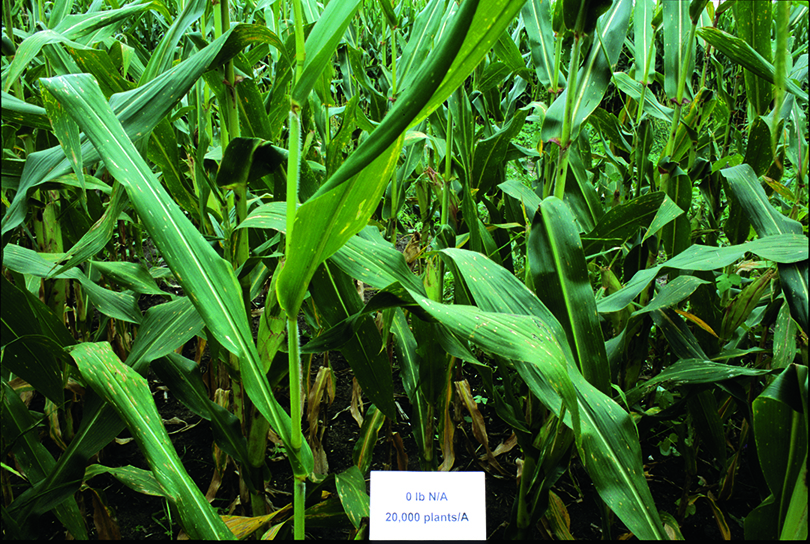Advertise Follow Us
Articles Tagged with ''populations''
Fertilization, Seeding Tied To Soil Nitrogen Capacity
Illinois Soil Nitrogen Test could help fine-tune nitrogen applications and plant populations for no-tillers seeking optimum profits.
Read More
Diseases Travel Over "Green Bridge" To Quietly Steal No-Till Yields
Pathogens feed on dying plants then live long enough to prey on newly planted crops1
Read More
Will Ultra-Narrow No-Till Corn Rows Work For You?
There’s not as much excitement about 15- and 20-inch corn rows as a couple of years ago, but more no-tillers are taking a closer look.
Read More
Don’t Compromise Yield For Cheaper Fertilizer
While there are definite areas were you can scrimp and trim costs, cutting your fertilizer bill will probably bite you in the end if it lowers your yield even a little bit.
Read More
Take A Closer Look At Ammonium Sulfate!
While little attention has been paid to this nitrogen source, there are many benefits to using it with a no-till program.
Read More
Justified Cultivation
Adapting tried-and-true no-till to include field cultivation ahead of planting soybeans helped Brent Arp’s earthworm populations rebound.
Read More
Twin Rows Or Ultra-Narrow Rows?
Depending on your management style, twin rows of corn might have many advantages.
Read More








